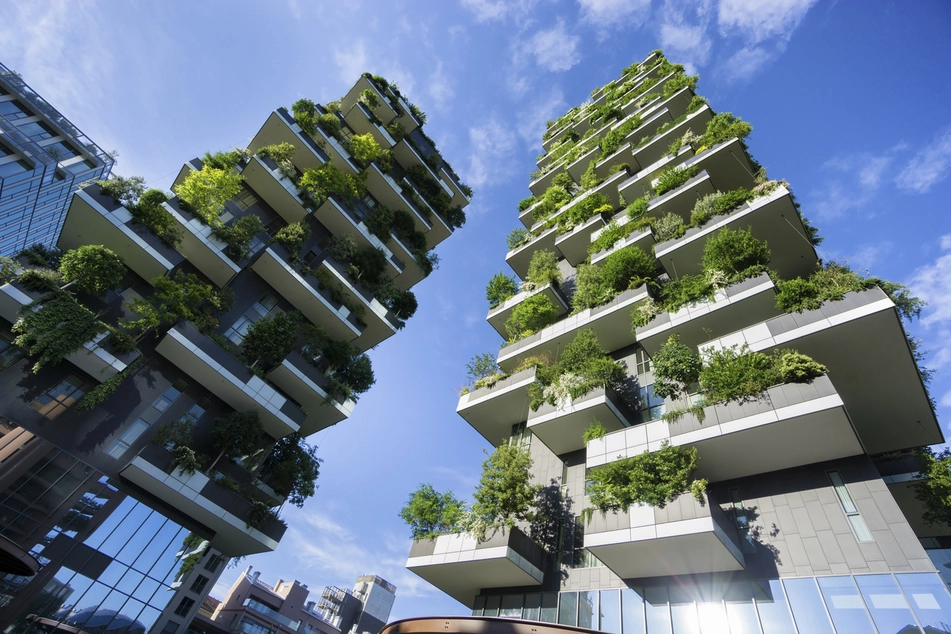Now Reading: Vertical Farming in Cities
-
01
Vertical Farming in Cities
Vertical Farming in Cities

As urban populations grow and land becomes scarce, cities are searching for new ways to feed people. Vertical farming has emerged as one of the solutions, using stacked layers and controlled environments to grow crops within limited spaces. It is not just a futuristic idea but a practical response to food security challenges faced by rapidly expanding urban centers. For countries like India, this approach is gaining attention in both metros and Tier 2 cities.
Vertical farming reduces dependence on large plots of farmland. By growing vegetables in vertical layers inside buildings, warehouses, or even unused urban spaces, it allows fresh produce to be available close to consumers. This reduces transport costs, cuts food waste, and makes healthy food more accessible. In smaller cities, where supply chains are not always strong, such methods could bring consistent and local options for families.
The technique also addresses environmental concerns. With less water use, no soil requirement, and reduced pesticide dependence, vertical farming creates sustainable food systems. For Tier 2 cities struggling with shrinking agricultural land and rising demand, such practices can balance the gap between traditional farming and urban consumption. It can also inspire young entrepreneurs who want to merge technology with agriculture.
However, the challenges cannot be ignored. Vertical farming requires high initial investment, reliable electricity, and advanced systems. In smaller towns, these factors may slow adoption. Yet with growing interest in agri-tech startups and government focus on innovation, such obstacles could be gradually reduced. Communities may also see job opportunities and skill development linked to this field.
In conclusion, vertical farming represents a shift in how cities approach food production. It is not a complete replacement for traditional agriculture but a strong support system for the future. For Indian cities, especially those growing beyond their limits, this method offers a way to combine technology with sustainability while ensuring healthier food for urban residents.

























